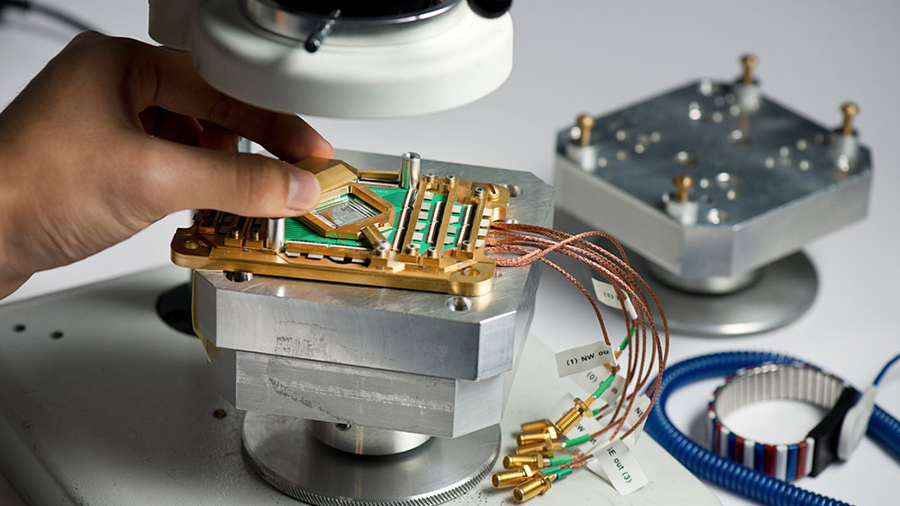

If you find quantum computing difficult to get your head around, you're not alone - so do some of the brightest minds in the business. Despite its complexity, the basics can be covered relatively easily, and we'll go over all the key details in the following guide.
Once you've read through these pointers you should at least be able to make some passing reference to quantum computing at your next dinner party or press conference. And it's important knowledge to have - this is undoubtedly in all of our futures.
Header image: D-Wave
Quantum computing, mechanics and physics
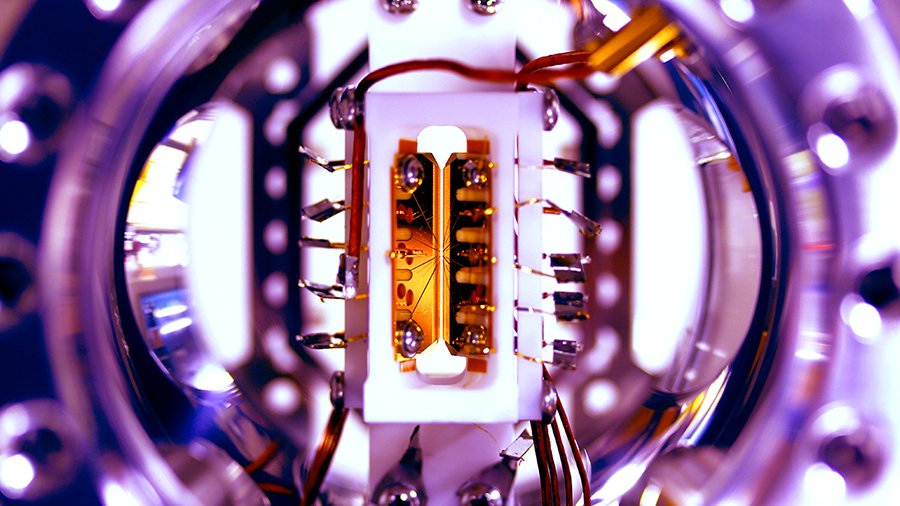
Image: S. Debnath and E. Edwards/JQI
In recent years you'll have seen plenty of reference to quantum computing, quantum mechanics and quantum physics. We'll get on to computing in a moment but it's also helpful to understand the basics of quantum mechanics or quantum physics (the two terms basically refer to the same thing, at least for the purposes of a short explainer).
Quantum physics (or mechanics) tries to explain the universe around us at the smallest possible scale: tiny objects (like electrons) are not defined in a specific place at a specific time, but through a range of probabilities relating to many places and times. It also covers the behaviour of light and matter, which are thought to exist as both particles and waves.
Even a basic explanation requires a lot more room than we have, but consider the famous example of Schrödinger's cat: exposed to radiation, a cat in a box can be either alive or dead until the box is opened up to make sure, so essentially, the cat is both alive and dead at the same time - and that's the probability approach underpinning quantum physics.
Sign up to the T3 newsletter for smarter living straight to your inbox
Get all the latest news, reviews, deals and buying guides on gorgeous tech, home and active products from the T3 experts
The quantum computing difference
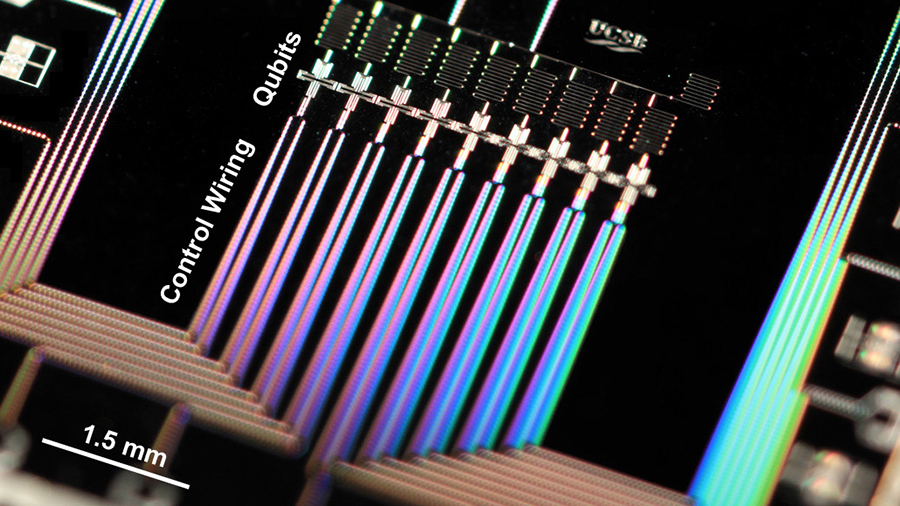
Image: Julian Kelly/Google
Inside the computers that we're used to, pieces of data called bits store information as 1s and 0s: whether it's a Netflix stream or a Microsoft Word installer, it's made up of binary 1s and 0s. Quantum computing introduces a new concept called a qubit, which can exist in multiple states and be both 1 and 0 at the same time (remember Schrödinger's cat?).
That state of being both 1 and 0 is known as superposition (another term borrowed from quantum physics) and it exponentially increases the volume of number-crunching you can get through with a quantum computer. The qubits (quantum bits) themselves are tiny particles stored in extremely cold conditions in a carefully controlled environment.
Part of the problem in trying to explain quantum computing is there's still so much about it we haven't yet got to grips with - scientists can see certain results happening, but are still trying to fully explain them. There's a lot of advanced maths and physics involved, but the good news is that researchers are continuing to make steady progress all the time.
A brief history of quantum computing
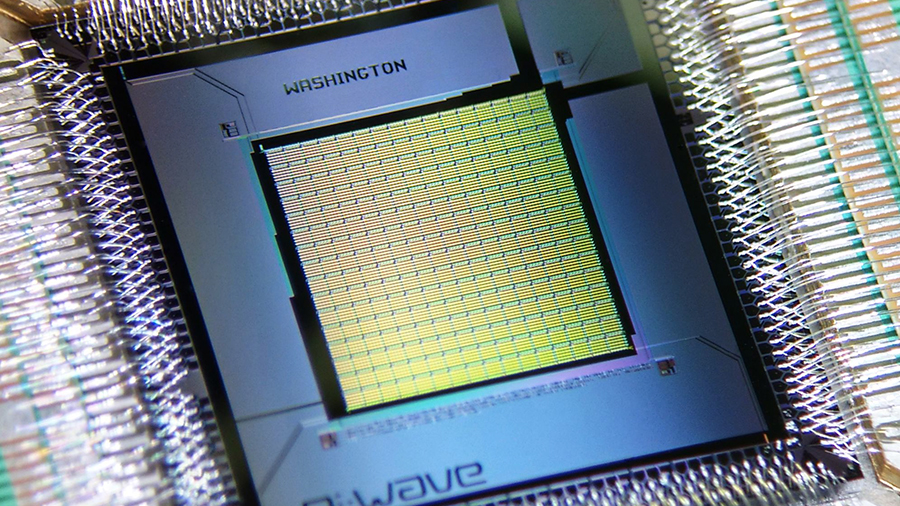
Image: D-Wave
We've seen a number of quantum computers appear in recent years, although there's some debate over what actually constitutes such a device. The first working machines to genuinely qualify for the title appeared at the end of the 1990s with just two and three qubits, though they could only carry out basic calculations for a few nanoseconds.
In the 2000s, five and seven qubit computers were created, but again these were really just a proof of the fundamental theory of quantum computing than anything that could be practically used. Further breakthroughs and a variety of approaches have followed since, as scientists continue to work to create the first fully working quantum computer.
You can buy a quantum computer today from D-Wave (Google has one for its own experiments), although many experts say these machines haven't yet demonstrated the kind of results you would expect to see from a true quantum computing system - and the jury's still out on whether the age of quantum computing has truly arrived yet or not.
The quantum computing future
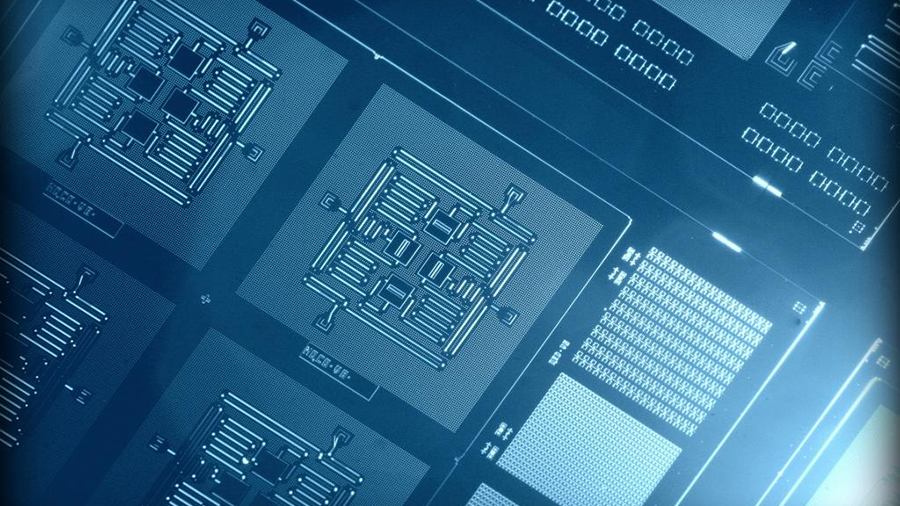
Image: IBM
That scientists still disagree over what constitutes a quantum computer is testament to the complexity of the physics involved, but we're making steps forward all the time. Last year researchers in Australia demonstrated how quantum logic gates could be made of silicon, yet more proof that a full quantum computer might be just around the corner.
Recently scientists in the US have announced what they described as the first ever reprogrammable quantum computer, one that adapts to new instructions rather than following procedural steps. Meanwhile, IBM has given researchers access to its own quantum processor, which it hopes will one day lead to fully blown quantum computing.
When quantum computing finally does arrive in all its greatness, it's not going to make much difference in terms of how long it takes to check your email. But in many fields - weather and climate forecasts, medical research, drugs development, materials science, space exploration, self-driving cars and much more - it's going to transform our way of life.
Dave has over 20 years' experience in the tech journalism industry, covering hardware and software across mobile, computing, smart home, home entertainment, wearables, gaming and the web – you can find his writing online, in print, and even in the occasional scientific paper, across major tech titles like T3, TechRadar, Gizmodo and Wired. Outside of work, he enjoys long walks in the countryside, skiing down mountains, watching football matches (as long as his team is winning) and keeping up with the latest movies.

